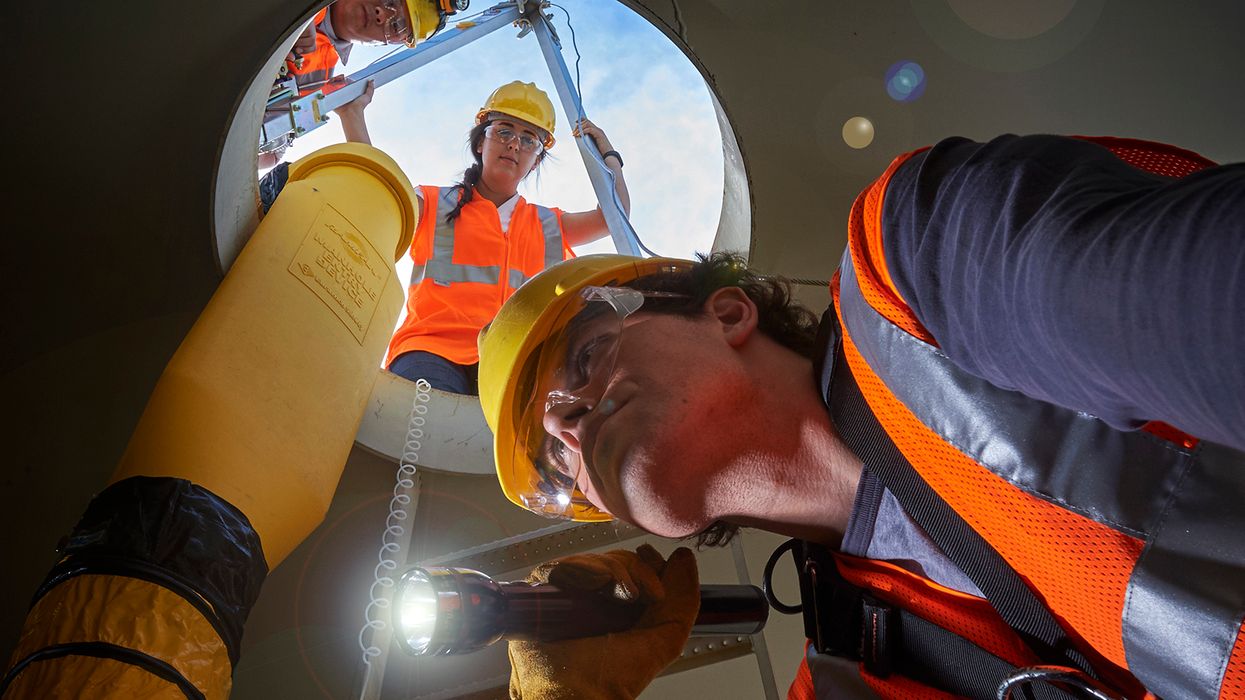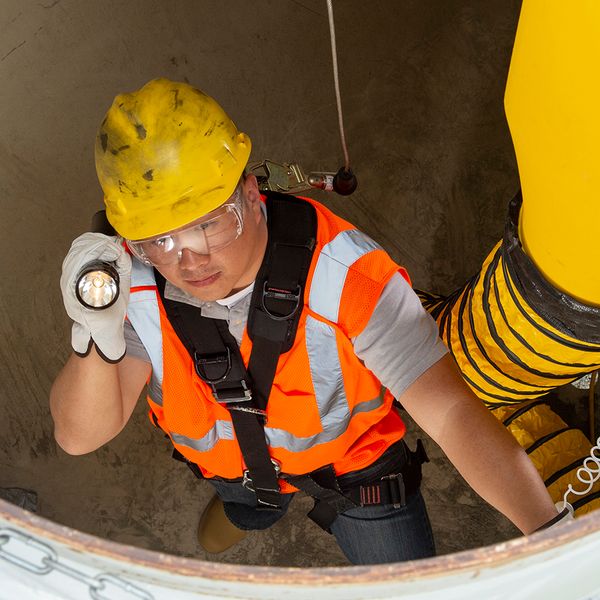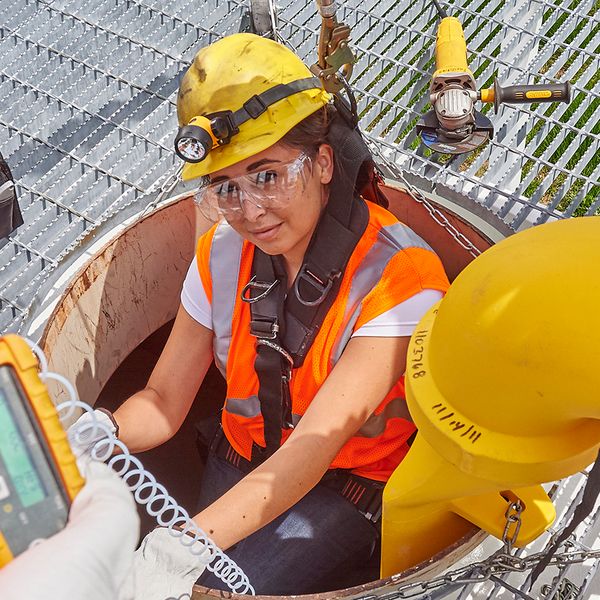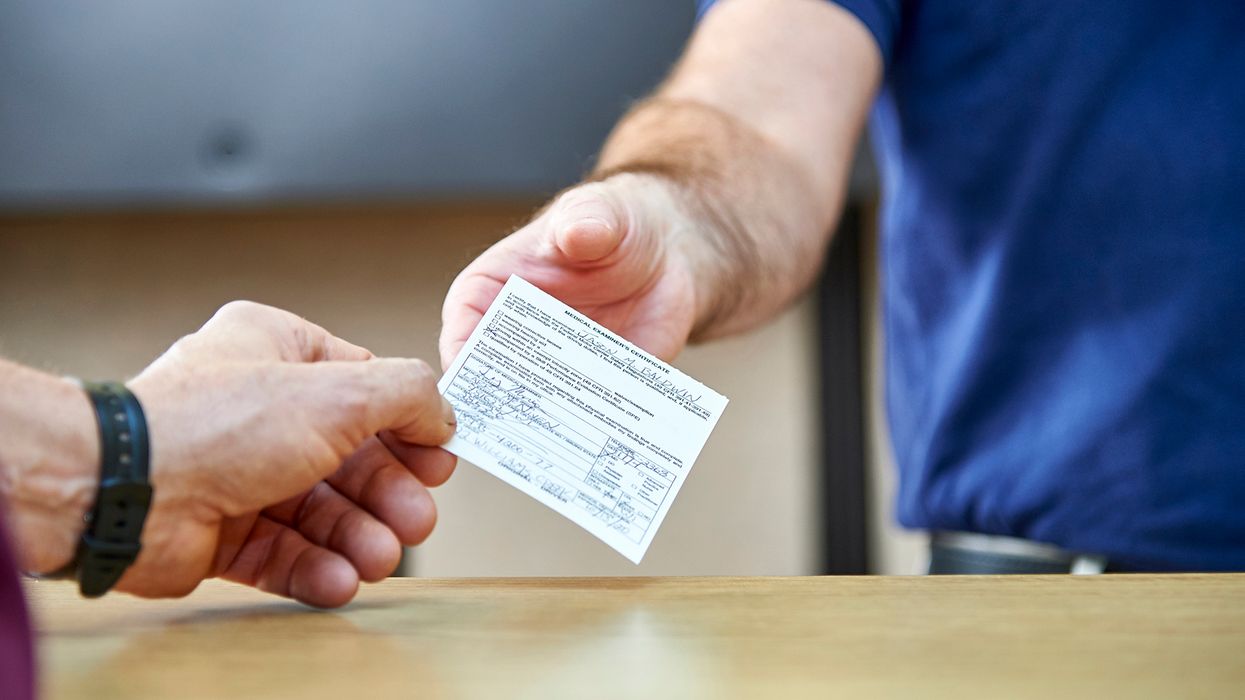Permit-space attendants play a vital role on the entry team
Attendants may be the least appreciated member of the permit-space entry team. However, their responsibilities rival that of the entry supervisor and entrant. Your permit-required confined space attendants must know and understand your company’s requirements for: being an attendant, monitoring entrants, and recognizing associated hazards.
Attendants must also know and understand: the behavioral effects of possible hazards on entrants, the entry permitting system, the communication system to be used during an entry, and rescue and emergency procedures.
Entry permit
The entry permit is the document that you provide to allow and control entry into a permit-required confined space. The permit documents your compliance with the requirements of the OSHA regulations.
Your attendants must: (1) know how to obtain an entry permit, (2) check that all the required information is completed and that the entry supervisor has signed the permit, and (3) understand that the entry supervisor can cancel the permit and terminate the entry when the entry operations have been completed or when a condition that is not allowed under the entry permit arises in or near the permit space.
Hazard recognition
Common confined space hazards include engulfment by materials in the confined space; hazardous atmospheres such as oxygen deficiency or enrichment; toxic or flammable contaminants; and other safety or health hazards. Your employees need to know the signs, symptoms, and consequences of exposure to these hazards.
Behavioral effects of hazards
As attendants, your employees must know when an entrant is in distress. For example, they must know: (1) the effects of oxygen deficient or oxygen rich atmospheres on humans, (2) the signs of fatigue, and (3) the effects of other toxic atmospheres. Attendants also need to be aware of the adverse effects of other conditions including heat, noise, working in cramped positions, etc.
Tracking entrants
Keeping track of confined space entrants and identifying them on the required permit is an important duty for attendants. The count must be accurate, and the attendant must be able to visually identify the entrants.
Maintaining presence
Your attendants monitor conditions outside the entrance to the confined space as well as inside the space. They must remain outside of the permit space during entry operations until another attendant relieves them.
Equipment
Attendants need to be familiar with all equipment used during the confined space entry, including testing and monitoring, ventilation, communication, personal protection, and lighting equipment; barriers and shields; emergency and rescue equipment; and all other equipment used for safe entry, exit, or rescue.
Communication procedures
Communication is important for monitoring of the entrant’s status, and to alert the entrant of the need to evacuate. Entrants and attendants must communicate any warning signs and symptoms of exposure or a dangerous situation, or when a prohibited condition occurs.
Evacuation procedures
Attendants must know when to evacuate. Some of the situations that may require evacuation are the entrant detecting a warning sign or symptom of exposure, or an evacuation alarm is activated.
Rescue procedures
And finally, summon rescue and other emergency services as soon as the attendant determines that authorized entrants may need assistance to escape from permit space hazards.


















































